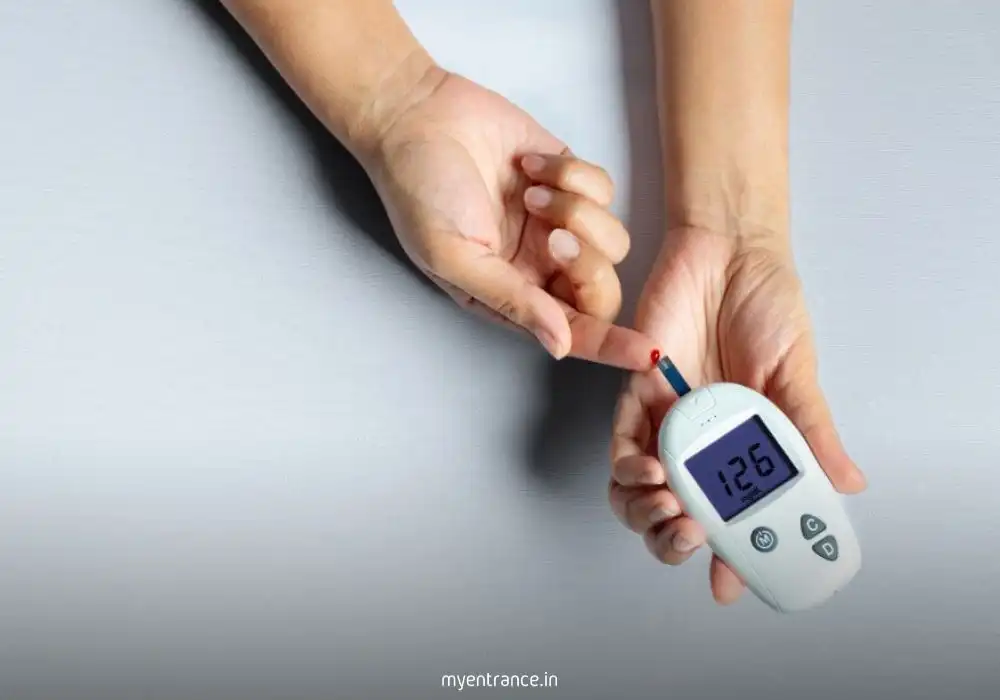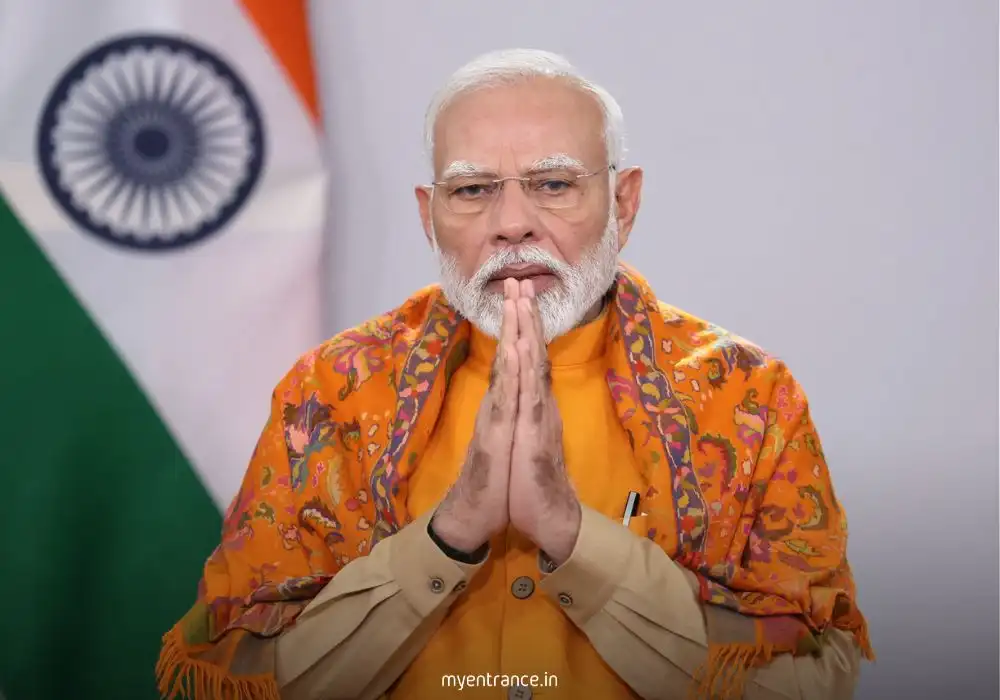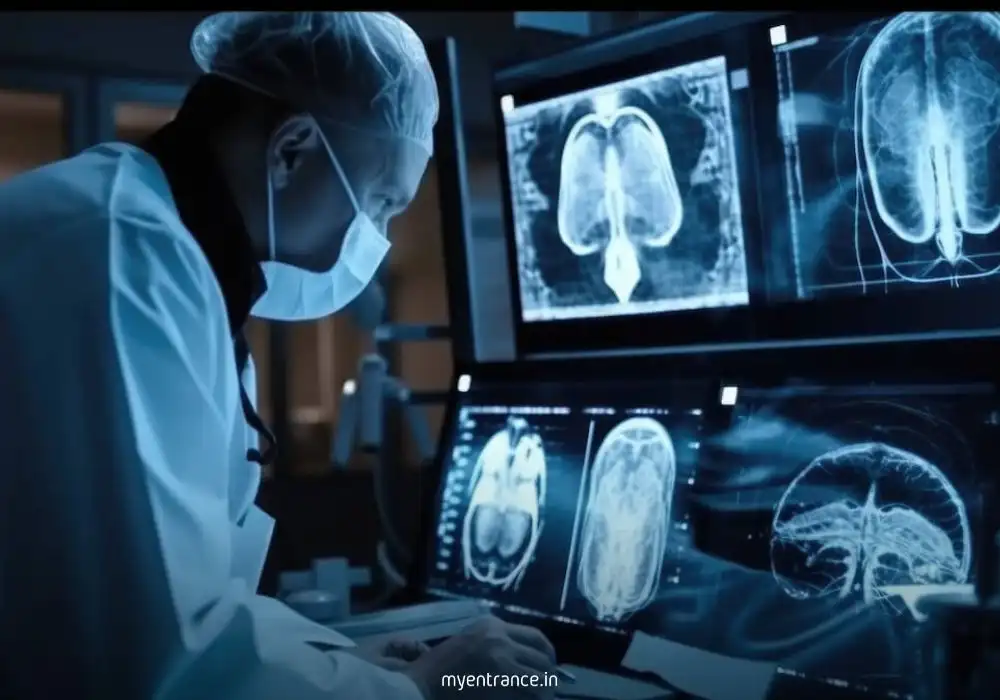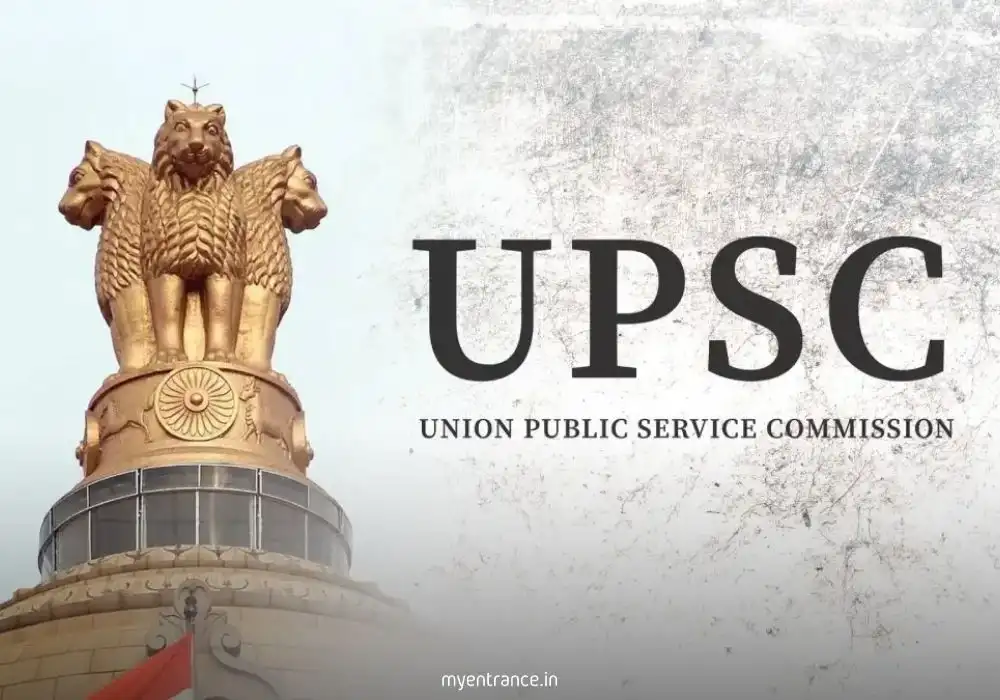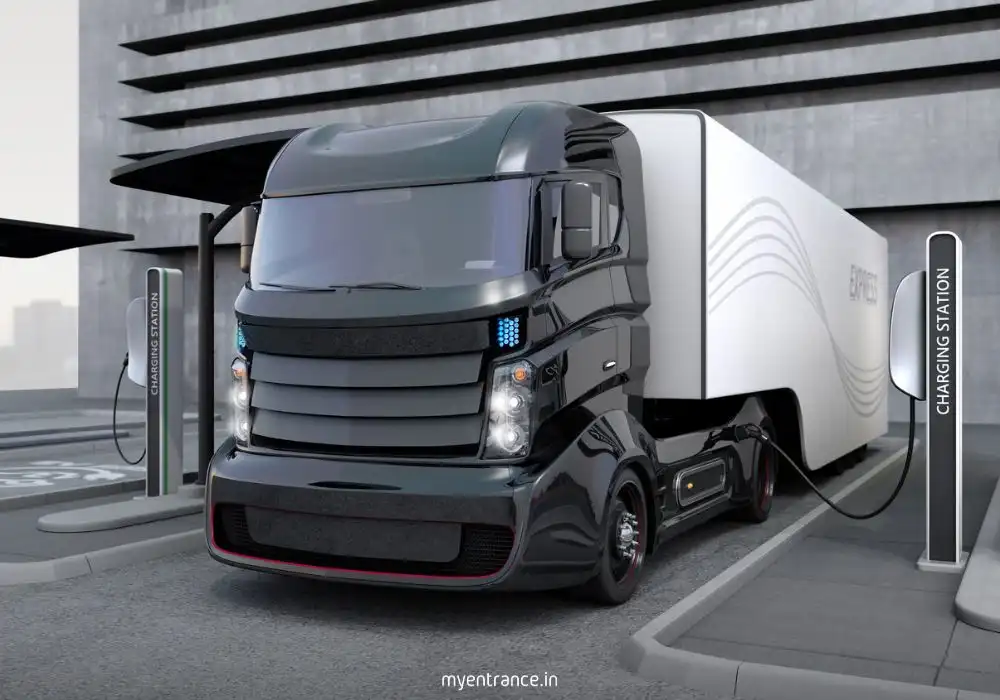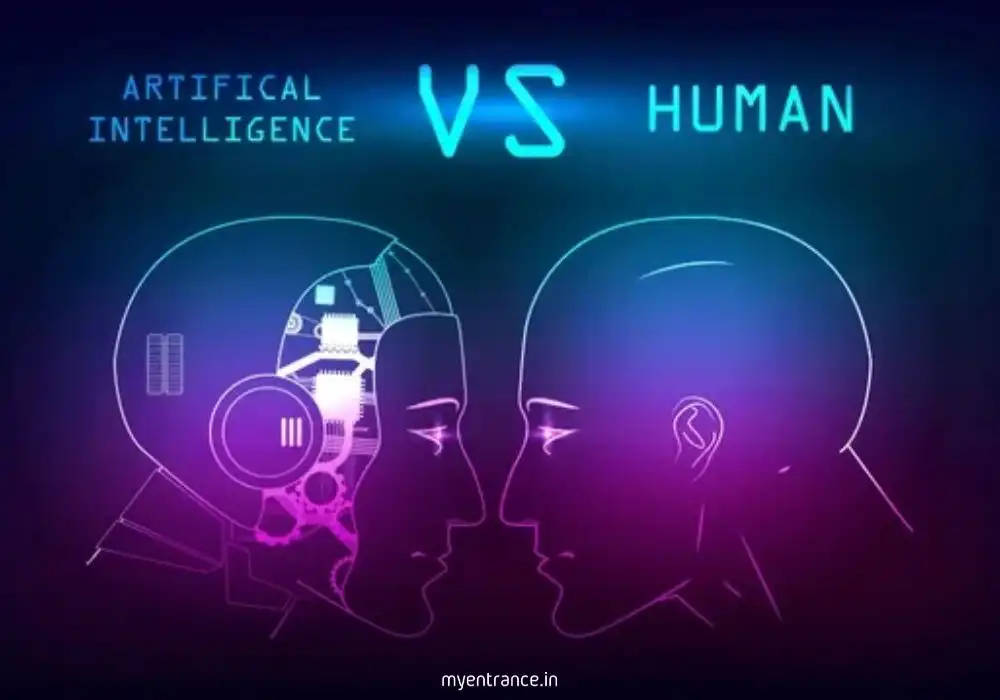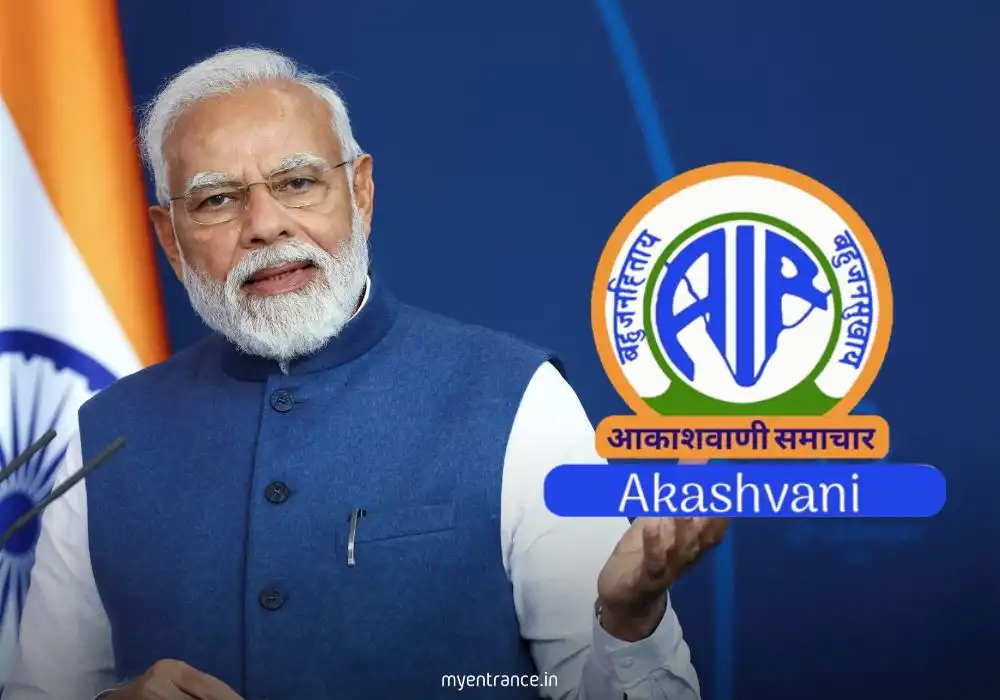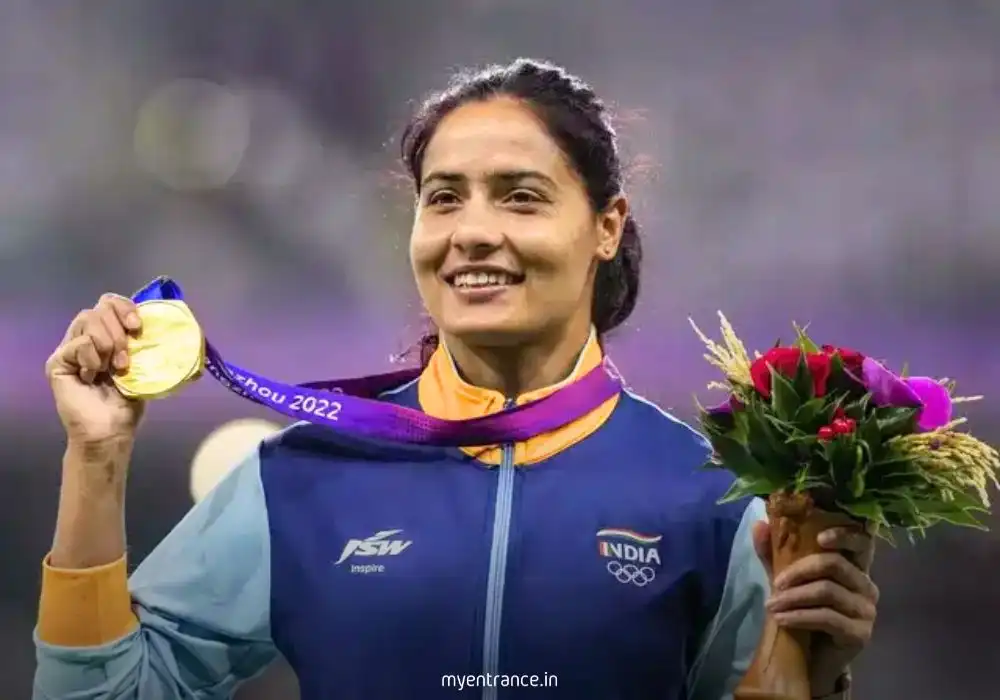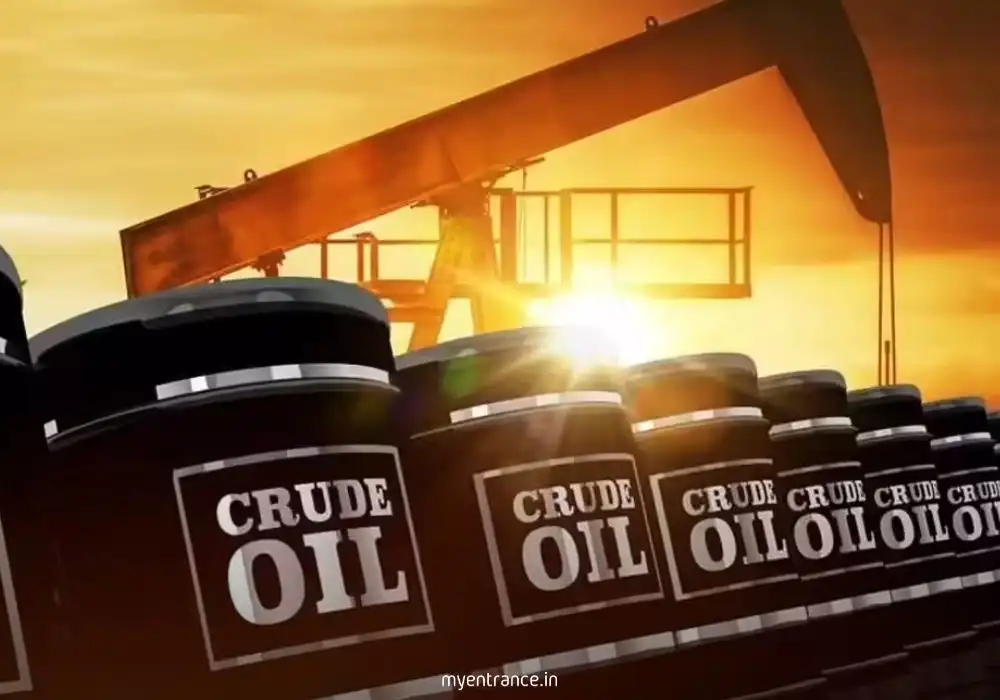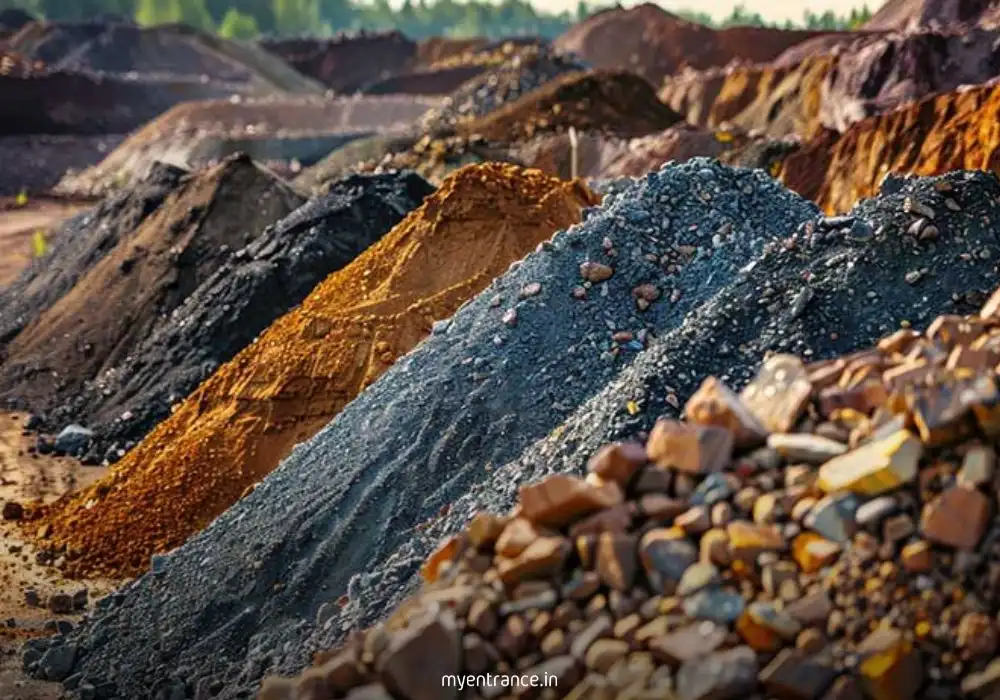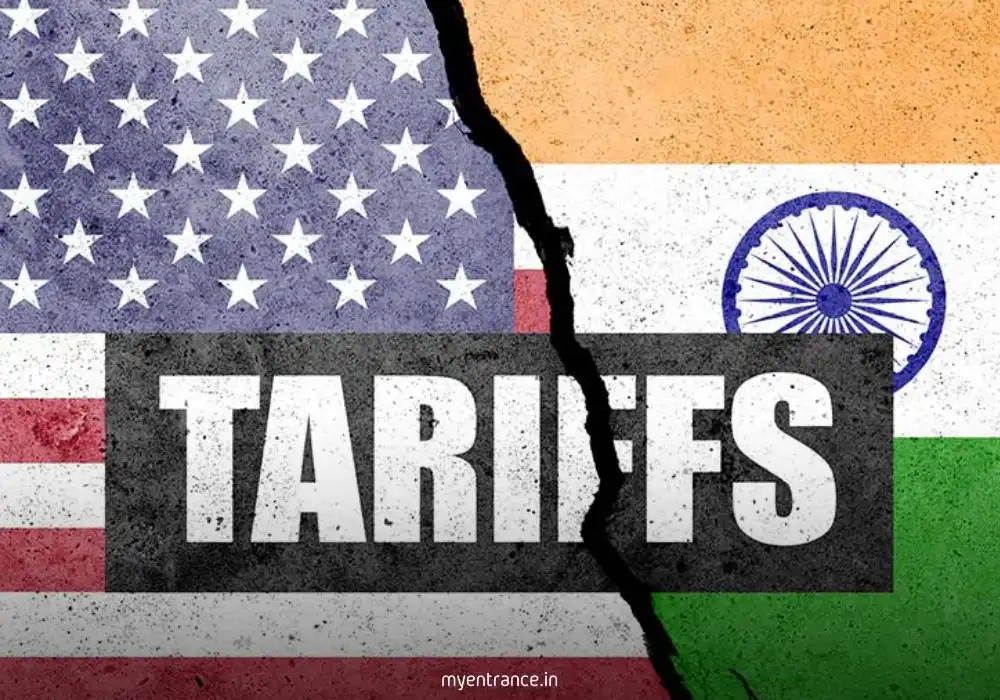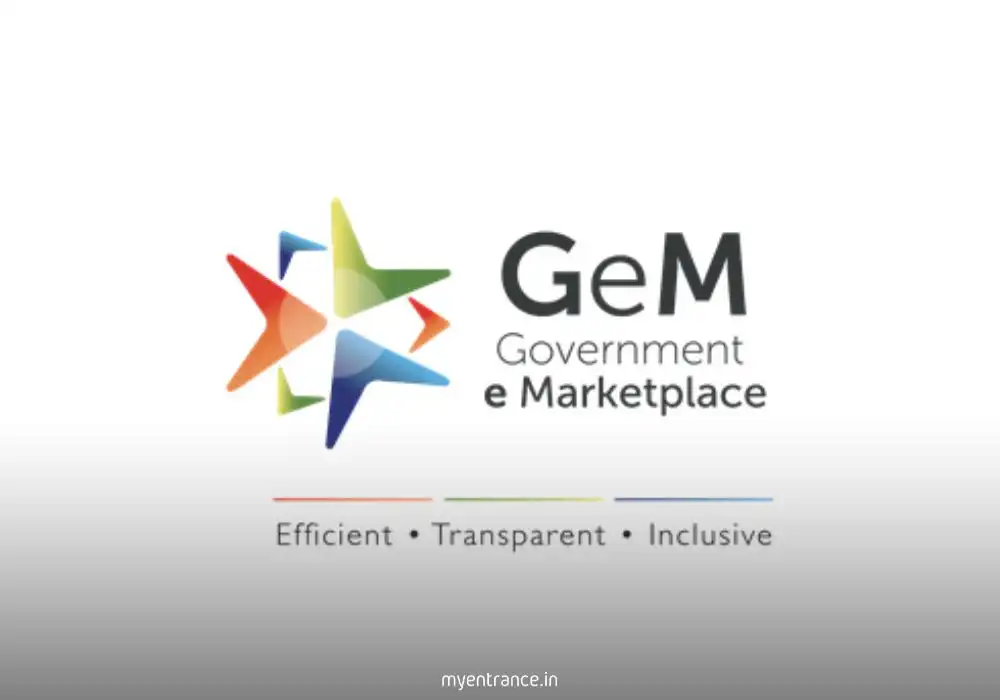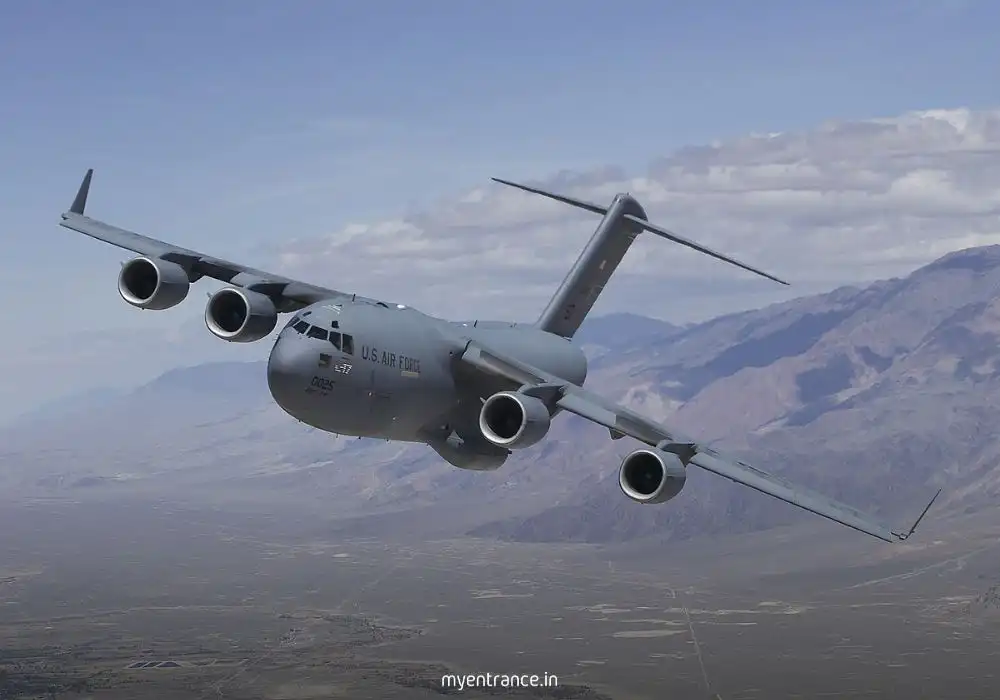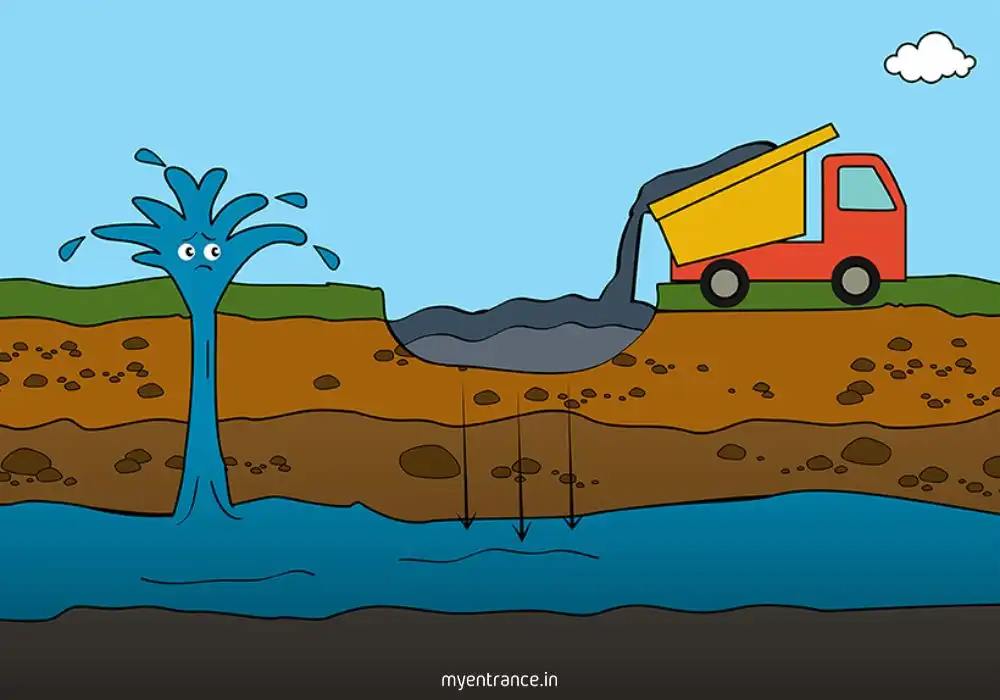Translate Language
Daily Current Affairs Quiz and Key Pointers: 09-08-2025
Today’s update covers crucial developments from PM Modi’s Mann Ki Baat revenue impact to India’s groundbreaking freight train Rudrastra. Key highlights include defense innovations like QMNS, environmental concerns over groundwater contamination, and trade implications of proposed U.S. tariffs. These insights are vital for UPSC, SSC, PSC, and other competitive exams focusing on recent governance, technology, and policy changes.

1. PM Modi’s Mann Ki Baat Generates ₹34 Crore Revenue, Boosts Grassroots Stories & National Unity
PM Modi’s Mann Ki Baat has not only strengthened national unity but also generated ₹34 crore in revenue through sponsorships. The program highlights inspiring stories from rural India, fostering a sense of collective progress. It continues to be a vital platform for citizen engagement and policy awareness.
Key Questions for Competitive Exams:
Q1: How much revenue did Mann Ki Baat generate recently?
A1: ₹34 crore through sponsorships.
Q2: What is the primary objective of Mann Ki Baat?
A2: To promote grassroots stories and national unity.
Q3: How does Mann Ki Baat contribute to governance?
A3: By bridging the gap between citizens and policymakers.
Read More
2. Annu Rani Wins Gold at Wieslaw Maniak Memorial, a Step Closer to World Championships
Indian javelin thrower Annu Rani secured gold at the Wieslaw Maniak Memorial in Poland, marking a strong comeback ahead of the World Championships. Her performance reaffirms India’s growing dominance in athletics.
Key Questions for Competitive Exams:
Q1: Where did Annu Rani win her recent gold medal?
A1: Wieslaw Maniak Memorial, Poland.
Q2: Why is this win significant for India?
A2: It strengthens her position for the upcoming World Championships.
Q3: Which event does Annu Rani specialize in?
A3: Javelin throw.
Read More
3. Road Accident Crisis in India: 2025 Data Analysis
India’s road accident fatalities remain high, with 2025 data showing poor enforcement of traffic laws as a major cause. Speeding, drunk driving, and inadequate infrastructure contribute to the crisis.
Key Questions for Competitive Exams:
Q1: What are the leading causes of road accidents in India?
A1: Speeding, drunk driving, and poor infrastructure.
Q2: How can road accidents be reduced?
A2: Stricter law enforcement and better road design.
Q3: Which government body monitors road safety in India?
A3: The Ministry of Road Transport and Highways (MoRTH).
Read More
4. Uttarkashi Disaster: Environmental Impact Assessment (EIA) – Why Himalayan Development Needs Sustainable Policies
The Uttarkashi disaster highlights the ecological risks of unchecked Himalayan construction. Sustainable policies and stricter EIAs are crucial to prevent future calamities.
Key Questions for Competitive Exams:
Q1: What caused the Uttarkashi disaster?
A1: Unsustainable construction and weak environmental checks.
Q2: Why are EIAs important for Himalayan projects?
A2: To assess ecological risks and ensure sustainable development.
Q3: Which ministry oversees EIA approvals in India?
A3: Ministry of Environment, Forest & Climate Change (MoEFCC).
Read More
5. India’s Oil Strategy Amid Shifting Geopolitics
With global oil dynamics changing, India is diversifying its energy sources to reduce dependency on any single region. The government is increasing investments in renewable energy while securing long-term crude oil contracts with Russia and the Middle East.
Key Questions for Competitive Exams:
Q1: Why is India diversifying its oil imports?
A1: To reduce geopolitical risks and ensure energy security.
Q2: Which countries are key suppliers of crude oil to India?
A2: Russia, Iraq, Saudi Arabia, and the UAE.
Q3: How is India balancing oil imports with renewable energy goals?
A3: By expanding solar/wind energy while maintaining strategic oil reserves.
Read More
6. India-Russia Rare Earths Cooperation: Strategic Autonomy & Challenges
India and Russia are strengthening collaboration in rare earth minerals, crucial for electronics and defense. This partnership aims to reduce reliance on China, but challenges like technology transfer remain.
Key Questions for Competitive Exams:
Q1: Why are rare earth minerals important for India?
A1: Essential for defense, electronics, and green technology.
Q2: Which country dominates global rare earth production?
A2: China (controls ~60% of supply).
Q3: What are the hurdles in India-Russia rare earth cooperation?
A3: Limited processing infrastructure and high costs.
Read More
7. Trump’s 50% Tariff on India: Implications for Trade & Bilateral Relations
Former U.S. President Donald Trump’s proposed 50% tariff on Indian goods could impact sectors like textiles and pharmaceuticals. Experts warn of trade tensions but note India’s growing domestic market as a buffer.
Key Questions for Competitive Exams:
Q1: Which Indian industries would be most affected by Trump’s tariff?
A1: Textiles, pharmaceuticals, and IT services.
Q2: How might India respond to such tariffs?
A2: Through WTO disputes or counter-tariffs on U.S. goods.
Q3: What long-term strategy can India adopt?
A3: Boosting self-reliance (Atmanirbhar Bharat) and diversifying exports.
Read More
8. GeM Marks 9th Anniversary: Hits ₹5.4 Lakh Crore GMV in FY 2024-25 with Key Reforms
The Government e-Marketplace (GeM) achieved a record ₹5.4 lakh crore Gross Merchandise Value (GMV) in FY 2024-25. New features like AI-driven procurement and MSME-friendly policies drove this growth.
Key Questions for Competitive Exams:
Q1: What is GeM’s primary function?
A1: A digital platform for government procurement.
Q2: How has GeM benefited MSMEs?
A2: Simplified bidding, faster payments, and reserved quotas.
Q3: What technological upgrades were introduced recently?
A3: AI-based vendor recommendations and blockchain for transparency.
Read More
9. Quantum Magnetic Navigation System (QMNS): The Future of GPS-Free Navigation for Defence & Beyond
India is developing QMNS, a cutting-edge navigation system that doesn’t rely on satellites. This innovation is critical for defense operations in GPS-denied environments.
Key Questions for Competitive Exams:
Q1: Why is QMNS important for defense?
A1: Ensures navigation during GPS jamming or cyberattacks.
Q2: Which institutions are involved in QMNS research?
A2: DRDO and IITs.
Q3: How does QMNS work?
A3: Uses quantum sensors to detect Earth’s magnetic field for positioning.
Read More
10. India’s Groundwater Crisis: CGWB Report Reveals Alarming Contamination Levels
A Central Ground Water Board (CGWB) report shows 30% of India’s groundwater is contaminated with fluoride, arsenic, or nitrates. States like Punjab, Haryana, and Rajasthan are worst affected.
Key Questions for Competitive Exams:
Q1: Which pollutants are commonly found in India’s groundwater?
A1: Fluoride, arsenic, and nitrates.
Q2: What are the health impacts of contaminated groundwater?
A2: Fluorosis, cancer, and blue baby syndrome.
Q3: What steps is the government taking?
A3: Jal Jeevan Mission and stricter industrial waste regulations.
Read More
11. India’s New Maritime Laws 2025: Key Reforms for Shipping Sector
India has introduced sweeping reforms in maritime regulations to boost port efficiency, enhance safety standards, and attract private investment. The updated laws focus on:
Digital Clearances: Faster processing of ship registrations and cargo clearances
Green Port Initiatives: Mandatory emission controls and waste management systems
Coastal Employment: Reservation of certain jobs for Indian seafarers
Key Questions for Competitive Exams:
Q1: What is the major focus of India’s new maritime laws?
A1: Modernizing port operations and promoting sustainable shipping.
Q2: How will the reforms benefit Indian seafarers?
A2: Through job reservations in coastal shipping operations.
Q3: Which ministry oversees these maritime reforms?
A3: Ministry of Ports, Shipping and Waterways.
Read More
12. India’s Longest Vande Bharat Train: Ajni-Pune Route Benefits & Expected Exam Questions
The new 24-coach Vande Bharat Express connecting Ajni (Nagpur) to Pune is India’s longest and most advanced semi-high-speed train. Key features include:
Reduced travel time by 3 hours compared to current trains
Advanced Kavach anti-collision system
Special facilities for differently-abled passengers
Key Questions for Competitive Exams:
Q1: Which cities does India’s longest Vande Bharat connect?
A1: Ajni (Nagpur) to Pune.
Q2: What safety feature makes this train special?
A2: Kavach anti-collision system.
Q3: How will this route benefit Maharashtra’s economy?
A3: By improving connectivity between industrial and educational hubs.
Read More
13. Rudrastra: India’s Longest Freight Train (4.5 km) with 7 Engines – Importance for Govt Exams
The Indian Railways launched ‘Rudrastra’, a 4.5 km long freight train with distributed power across 7 engines. This innovation:
Can carry 15,000 tonnes of cargo (equivalent to 500 trucks)
Reduces congestion on busy routes like Delhi-Mumbai
Cuts carbon emissions by 30% compared to conventional freight
Key Questions for Competitive Exams:
Q1: What is unique about Rudrastra’s engine configuration?
A1: Uses 7 distributed power units for better load management.
Q2: How does Rudrastra benefit the environment?
A2: Reduces carbon footprint by replacing hundreds of trucks.
Q3: Which railway zone pioneered this concept?
A3: Western Railway Zone.
Read More
14. Next-Gen Defence Research: IIT Guwahati’s Manekshaw Centre Initiative
IIT Guwahati has established the Manekshaw Centre for Advanced Defence Research to develop:
Stealth materials for aircraft and submarines
AI-based surveillance systems for border security
Quantum encryption for secure military communications
Key Questions for Competitive Exams:
Q1: What are the focus areas of Manekshaw Centre?
A1: Stealth tech, AI surveillance, and quantum encryption.
Q2: Why is IIT Guwahati suitable for defence research?
A2: Proximity to China border and strong engineering programs.
Q3: How will this initiative benefit India’s defence?
A3: By reducing import dependence on critical technologies.
Read More
Get 3 Months Free Access for SSC, PSC, NIFT & NID
Boost your exam prep!
Use offer code WELCOME28 to get 3 months free subscription. Start preparing today!
